
Ciao a tutti! ho una nuova studentessa che vuole imparare italiano. Si chiama Becca e per lei ho organizzato la sua prima lezione: i suoni italiani. È stato un successo… quindi ho pensato che sarebbe utile anche per alcuni di voi.
Ciao a tutti! I have a new student who is interested in learning Italian. Her name is Becca and I have put together her first Italian lesson… Italian sounds. It was a great success, so I thought it might be helpful also for some of you.
Se pensi che l’alfabeto sia troppo basilare—FERMATI!
If you think learning the alphabet is too basic—Stop!
Anche se pensi che concentrarti prima sull’alfabeto italiano sia troppo basilare e che invece preferiresti saltare subito all’apprendimento del vocabolario e della grammatica… fermati! Ho imparato da esperienza personale… È essenziale familiarizzare con i suoni italiani.
Even if you think focusing first on the Italian alphabet is too basic and that instead, you’d rather jump right into learning vocabulary and grammar Stop! I’ve learned from personal experience… It is essential to familiarize yourself with common Italian sounds.
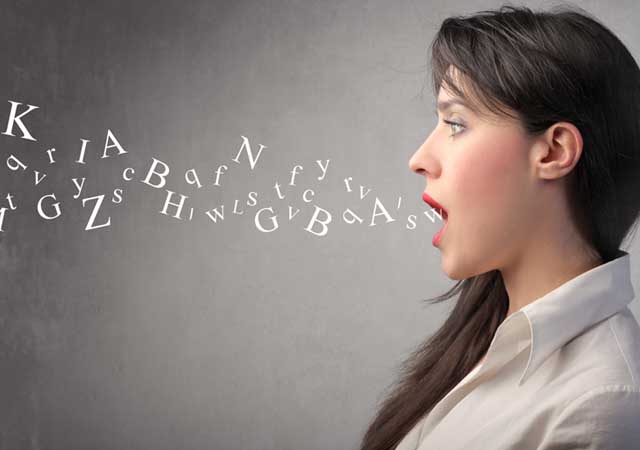
Once you master Italian sounds language learning becomes easy!
La tua vita sarà molto più facile se ti prendi un momento e ti guardi allo specchio e ti eserciti a fare i suoni. Una volta imparato, suonerai più come un nativo e quando incontrarai nuove parole saranno più facile da pronunciare.
Your life will be so much easier if you take a moment and look at yourself in the mirror and practice how to create Italian sounds… and in the long run, once mastered you will sound more like a native sooner, and when confronted with new words you will easily pronounce them.
L’italiano è una lingua fonetica. Ciò significa che le parole sono spesso pronunciate nel modo in cui sono scritte! Le regole della pronuncia italiana sono costanti. Ciò significa che una volta imparate le regole, potrai pronunciare correttamente QUALSIASI parola italiana che vedi scritta, anche se non l’hai mai sentita prima.
Italian is a phonetic language. That means words are often pronounced the way they are spelled! Italian pronunciation rules are constant. This means that once you learn the rules, you can correctly pronounce ANY Italian word you see written down, even if you’ve never heard it spoken before
Quando parli italiano, esagerari i suoni!
Non importa se ti senti sciocco. Questo
è semplicemente il modo italiano…
e praticare è la chiave.
When speaking Italian, feel free to exaggerate the sounds! Never mind if you feel silly. That’s simply the Italian way to do it, and practice is key.
- The Italian intonation patterns follow simple rules: The stress is usually in the second to the last syllable. For example: bam-BI-ni. The exception is with words that have accent marks in the last letter. This puts the stress in the last syllable
- Always find time to listen! This will give you the correct tools to navigate any pronunciation issues. It will also make producing the sounds so much easier
When ever in doubt refer to the FORVO site where you can hear native speakers say words for you.
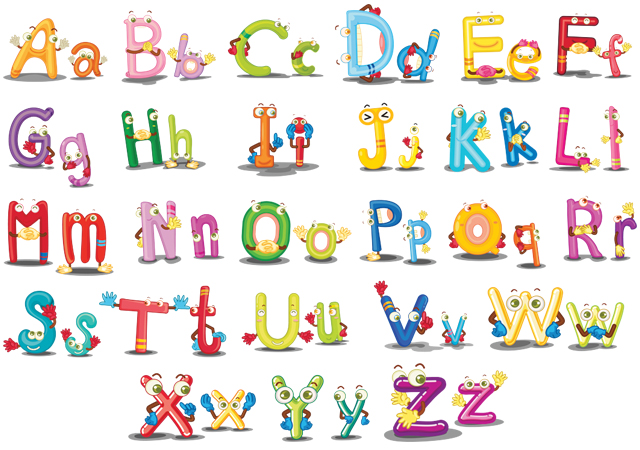
Okay here we go! A-Z!
A – Always pronounced like the ‘a’ in the word ‘bar’
- albero (tree) albero
B – Exactly the same sound as in English
- banana (banana) banana
C – If followed by an ‘e’ or an ‘i’, ‘c’ will be pronounced like the ‘ch’ in ‘cheese’. If followed by an ‘h’, it will sound like the ‘c’ in ‘cut’
- cioccolato (chocolate) cioccolato
- cane (dog) cane
D – Exactly the same as in English
- dadi (dice) dadi
E – It can be open (like the ‘e’ in ‘net’) or closed (like the ‘a’ in ‘say’), depending on its location in the word. It can also vary slightly depending on the regional accent of the speaker, but don’t worry about this – the exact same thing happens in English and almost every other language you can think of it. It’s not unique or particularly scary
- elefante (elephant) elefante
F – Exactly the same as in English
- fiore (flower) fiore
G – If followed by an ‘i’, ‘g’ will be pronounced like the ‘j’ in ‘jumble’. If followed by an ‘n’, they will together sound like the Spanish ‘ñ’ (there’s no English equivalent, but it’s still easy for English natives to master – think of the ‘ny’ sound in the word ‘onion’). If followed by any other letter, ‘g’ is pronounced the same as in English words like ‘go’
- gatto (cat) gatto
H – Only ever used to define the pronunciation of ‘c’, or silently in combination with ‘g’
- hotel (hotel) hotel
I – Always pronounced like the ‘ee’ in ‘see’
- Italia (Italy) Italia
J – Exactly the same as in English
K – Exactly the same as in English
L – Exactly the same as in English
- leone (lion) Leone
M – Exactly the same as in English
- mela (apple) mela
N – Exactly the same as in English, except when used in the ‘gn’ combination (see above)
- nave (ship) nave
O – Always pronounced like the ‘o’ in ‘horse’
- orologio (clock) orologio
P – Exactly the same as in English
- pera (pear) pera
Q – Always pronounced like the ‘k’ in the English word ‘make’
- quadro (painting) quadro
R – Slightly rolled. The top of the tongue lightly touches the roof of the mouth
- ruota (wheel) ruota
S – Exactly the same as in English
- sole (sun) sole
T – Exactly the same as in English
- tavolo (table) tavolo
U – Always pronounced like the ‘oo’ in ‘boo’
- uva (grape) uva
V – Exactly the same as in English
- vaso (vase/jar) vaso
W – Exactly the same as in English
X – Exactly the same as in English
Y – Exactly the same as in English
Z – Always pronounced like the ‘ts’ in the English word ‘mats’
Unusual Sounds in Italian
Don’t be afraid of Double consonants, or unusual letter combination GN or GLI
Double Consonants
Sometimes you will see the same consonant twice in a row in an Italian word. Here is a tip: when you see double consonants or i consonanti doppie you need to hold or prolong the sound a beat longer.
Very common letter combination — they may seem intimidating at first but necessary to master right from the beginning! Important because not prolonging a double consonant can change the meaning of the word (example: Anno = Year, Ano = anus, Sera = evening, Serra = greenhouse
“GN” Sound
Don’t be intimidated by the combination GN — especially when you see Gnocchi or Lasagna on the menu. It is pronounced as “ny” in “canyon”
Gnocchi gnocchi – a type of small potato dumpling served in sauce like a pasta
“Gli” Sound
Gli is a masculine article, but you will also find this letter combination within other words.
And finally… (at least for today!)
Che, Chi, Ci and Ce
Learn this so you will always
pronounce Bruschetta correctly!!!!
BroosKETTA not Brooshetta!!!!
Perché? Why is this?
When C is followed by an H in Italian it is a hard sound:
Che = Kay
In Italian to make the CH sound in Italian you must retrain your brain (especially if you are an English speaker) In Italian it is a hard sound like the English “K” as in “Karma” and not a lot the English sound “Chocolate
On the other hand, when C is followed by a vowel it is a soft sound:
Ci = Chee, CE = Chey
It is like the soft English “cha cha cha” or “choo choo” Examples, Leonardo da Vinci, Capuccino
It is now your mission in life to correct every American waiter in the United States how to correctly say the word Bruschetta! Believe me… I ALWAYS DO!

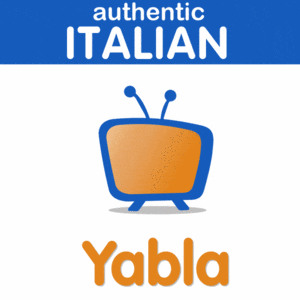


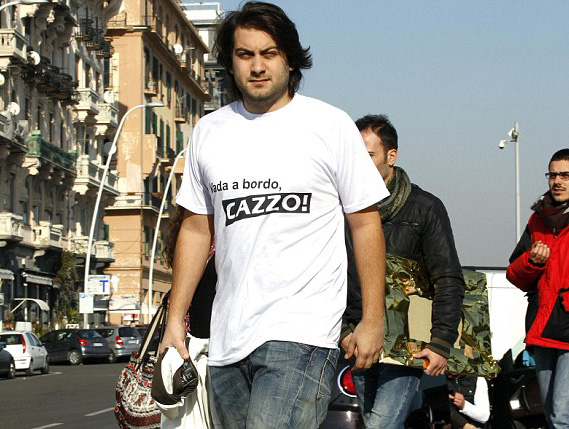
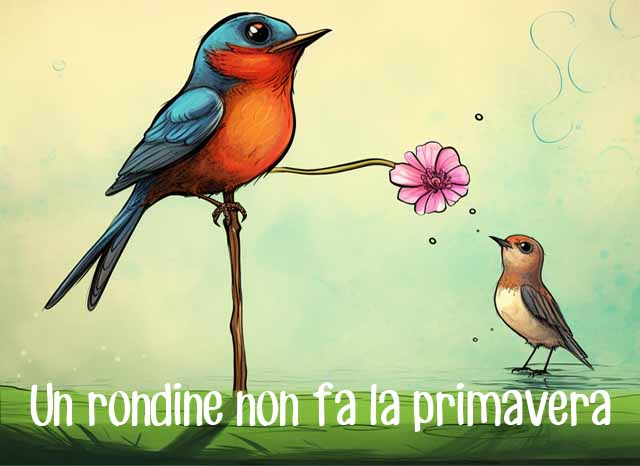






Una lezione molto preziosa e tanto nececessaria